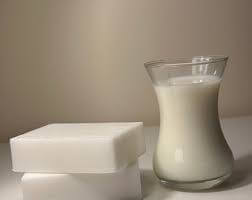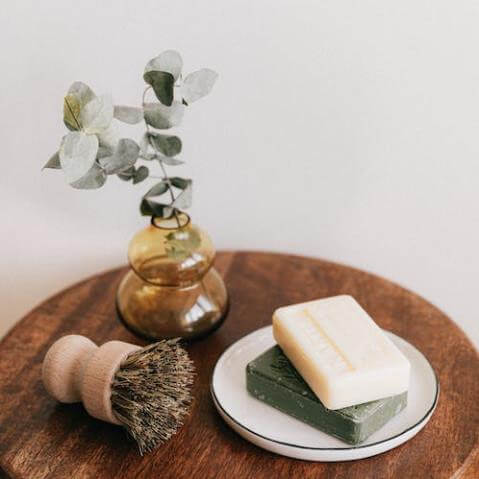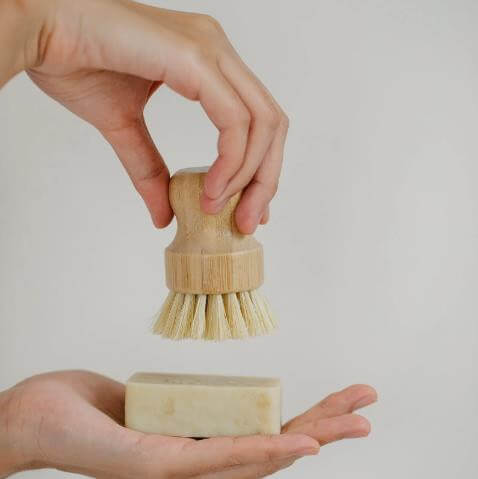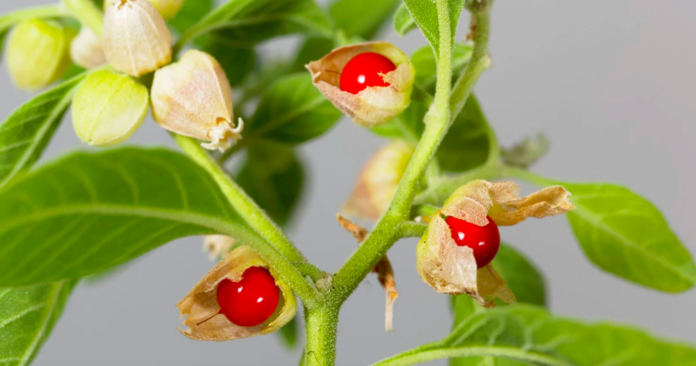Having flawless skin is one thing anyone could wish for, especially for a lady in her prime. So, it would not be out of place to say that one of the deepest cravings for any woman is to have ravishing skin. Who wouldn’t want to get those lovely compliments, by the way?
 There are several routes people take on their journey to flawless skin. While some prefer to tow the cream line others prefer the soap line. Although both options are market available, however, we focus mainly on the latter in this article.
There are several routes people take on their journey to flawless skin. While some prefer to tow the cream line others prefer the soap line. Although both options are market available, however, we focus mainly on the latter in this article.
There isn’t one specific definition for soaps. However, if we are to define it scientifically, soaps are fatty acid salts that perform a cleansing work. Okay, that sounded a bit too technical so, let’s break it down. Simply put, soaps are cleaning agents. Generally, soaps are viewed as surfactants.
When it comes to cleansing the skin, you need to take extra caution about the type of soap you apply. Not all kinds of soap recommendations are good for your skin.
Many of the soaps out there in the market are synthetically made. Only a few are of natural sources. And for this reason, you should be wary when you get an ad pushing a marketing product in the form of facial cleansing soaps. The reason is that you do not know its sources as most of them do not specify product sources in their labels. If you want to set up your cosmetic lab to test these products yourself, it is pretty difficult for you to know their exact ingredients. That is why you should be alert to know about these things yourself.
So, in this article, we bring to your notice a type of natural soap – Goat milk soap. Also, we touch on its uses and also elaborate on its benefit, which of course, is the reason for this article.
So, grab some pie and juice as we coast off!
P.s: We got something special for the meticulous eye, catch it somewhere in this article
What is Goat Milk Soap?

There is no exact definition for Goat milk soap, so if you are looking for one, we are sorry to have disappointed you with that. However, we could make it up this analogy of ours – think of Goat milk soap as soaps made from Goat’s milk. Raising a brow for that word rearrangement, it probably deserved that. It was pretty easy to come up with a descriptive analogy for such a phrase.
Observably, there has been an upsurge in the inquiries for natural soap (and its purchase) as a result of its many benefits, especially its soothing effects on the skin. It’s no wonder why the cosmetic ( skincare ) industry turns to lots of these products made from natural sources as a prototype. However, the truth is that there would continue to be a huge difference as synthetic (no matter how naturally they try to paint them) would always be synthetic and natural products would always be natural in their effects.
That said, let’s get into what makes up Goat milk soap. In the next section, we present the composition of the Goat milk soap.
Composition of Goat Milk Soap
The general composition of any soap is the addition of two components – acid and base. From basic science, we thought that the mixture of acid and base gives salt and water.
Remember from our analogy above, we mentioned that soaps are salt derivatives of fat and oil. So, Goat milk soap is made from the combination of an acid (fats and oils) and a base popularly known as lye. It is produced via a process called saponification.
This is an age-long soap production process whereby these fats and oils are converted into soap by reaction with a corresponding base. In the real sense, the lye is a product of the mixture of the popular base, sodium hydroxide with water. But for this case, it is different because it’s a milk formula, so the water is replaced with Goat milk. The reason is that Goat milk is highly rich in saturated and unsaturated fats. The latter enhances the production of soap bubbles and allows the soap to lather well.
Unsaturated fats on the other hand are responsible for the moisturizing and healthy effects of soap. Also, Alpha-Hydroxy Acids are abundant in Goat milk soap, and because milk naturally contains fat, it makes the consistency of this mixture appear very creamy. We would examine many of the benefits of these fatty acids in the benefits section below.
Uses of Goat milk soap

Although Goat milk soap has lots of uses, however, there is a thin line between its use and benefits of the Goat milk soap. So, to avoid repetition, we mention just one major use of this milk soap, the most common use is seen in skin whitening . Many people take advantage of using this soap to brighten their skin, dark spots, or even scars. If you are looking to use this formula to whiten your skin, follow the steps below;
Step 1: Choose a high-quality Goat milk skin care product made with fresh Goat milk
Step 2: Apply the product daily to your skin as part of your daily skincare routine. Mostly recommended, in the morning and at night before bedtime.
Step 3: Lather the soap by rubbing it for about 15 seconds
Step 4: Apply the lather to the areas you wish to cleanse and whiten and massage into the skin for about 30 seconds. This would help improve blood circulation as well as exfoliate dead skin cells.
Step 5: Rinse off with lukewarm (or room temperature) water to prevent skin dryness. Dab with a clean soft towel.
Step 6: Top it up by using a lotion (preferably Goat milk lotion) to increase the moisturizing effects and the absorption of its skin-lightening ingredients.
In the next section, we examine in full, the benefits of Goat milk soap.
Benefits of Goat Milk Soap
1. Contains highly nourishing nutrients for the skin
Goat milk is rich in vitamin A, which is a fat-soluble vitamin, that slows down skin aging. As mentioned earlier, Goat milk is highly rich in fatty acid and cholesterol (an absence of these components could dry out your skin) which helps rejuvenate the skin membrane thus making your skin look supple.
2. Gentle exfoliating effects
Lactic acids known as alpha-hydroxy acids help remove dead skin cells naturally and gently by dissolving the bonds holding them together. Dead skin cell accumulation can lead to scaly, uneven skin tone, and skin irritability. In turn, fresh skin cells that are smoother, healthier, and younger-looking are revealed when they are removed.
3. Rejuvenates the skin
When there is a decrease in the moisture content in the skin, it leads to a condition called xerosis, also known as dry skin. Usually, the body’s lipid barrier mechanism is designed in such a way to lock moisture in, however, when these lipid components are depleted, moisture is lost thereby leading to dryness and skin irritation. Other skin-related conditions resulting from dryness include eczema and psoriasis. however, Goat milk soap is rich in lipids contents which allow for rehydration and restoration to rejuvenate your skin.
4. Helps prevent skin acne
The Goat milk soap contains a high level of lactic acid which helps in the prevention of acne on the skin. The reason is that lactic acid acts as an exfoliator that helps get rid of dead skin cells, thus preventing your skin from getting clogged with excess sebum or oil, or dirt.
5. Acts as a skin cleanser
Many off-the-shelf soaps are usually made of harsh surfactants that are very dangerous to the skin. these surfactants contain chemicals that could remove the natural oils and moisture in your skin, leaving it dry and clogged. To help prevent this from happening and also to lock moisture in your skin, it is advised that you use soap that contains natural fats.
The Goat milk soap is rich in high-fat contents and caprylic acid, which helps to cleanse your skin without stripping off its natural fatty acids.
6. Promotes healthy skin biomes
Just as there are bad bacteria, there are good and healthy ones too and some of them exist on the skin. Don’t fret, these good bacteria help to keep your skin alive. The Goat milk skin helps promote a healthy microbiome where this good biome can survive. It is also rich in probiotics such as Lactobacillus which helps in the production of lactic acids. In turn, these acids have anti-inflammatory properties that help keep your skin healthy.
Bonus point: How to distinguish between natural and synthetic product sources
Earlier in this article, we did promise our meticulous eye something special, True to our promise, here is a bonus tip to that effect.
We know how difficult it could be to tell natural and synthetic soap sources apart. So, we’ve crafted this section to address it.
- Smell: The first major difference you can use to distinguish a natural soap source from a synthetic source is its smell. The former is usually made of natural concentrates of essential oils derived from plants and has therapeutic properties. However, synthetic soap sources do not have this.
- Soap color: Soaps from natural sources do not contain artificial coloring, unlike synthetic soap sources which are made from common colorants like herbs, clays, and dyes.
- Glycerin: Another difference is that most soaps from natural sources contain glycerine. This is formed during the saponification process of the soap. On the other hand, the majority of soaps with synthetic sources have no glycerine at all. However, a few have been manipulated and added during the manufacturing process.
On the whole, knowing which type to stick with is always a challenge initially, however, when you are well informed, it decreases your chances of making a good decision when considering a product line. The same is true here, we’ve taken care of the larger chunk which is to help inform you on the Goat milk soap, what they are made of, its uses, and benefits. Now, it’s time to take the baton as you digest this piece and use it to your advantage. In the end, we hope this helps you make the right decision when making a purchase. Remember, nurturing your skin is a lifetime profitable business.

 By Mariela
By Mariela
 Updated: June 8, 2023
Updated: June 8, 2023
 7 minutes
7 minutes


















